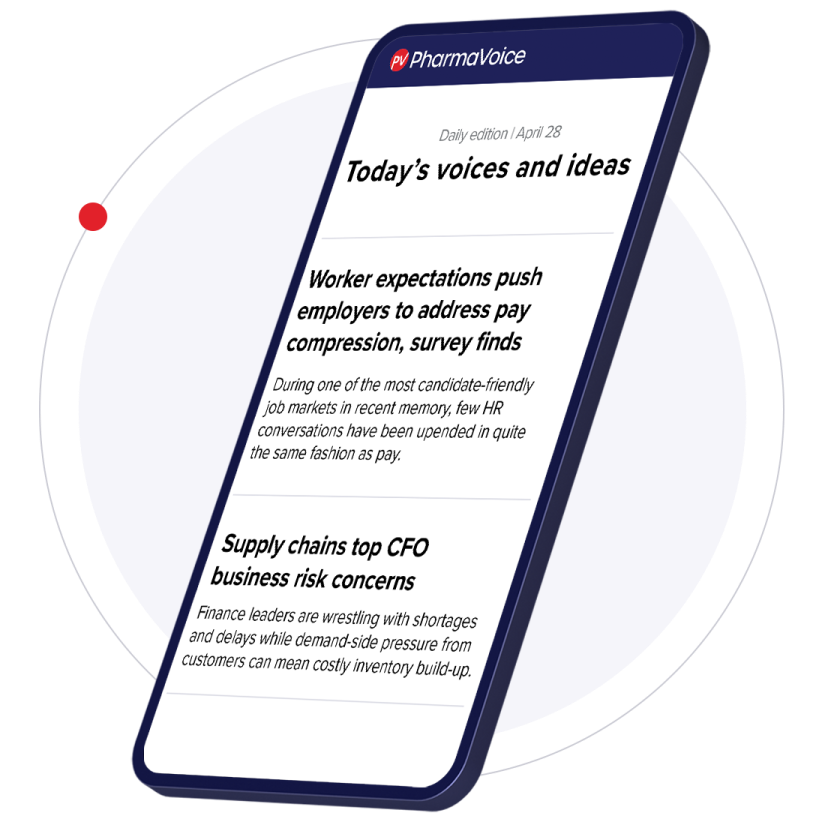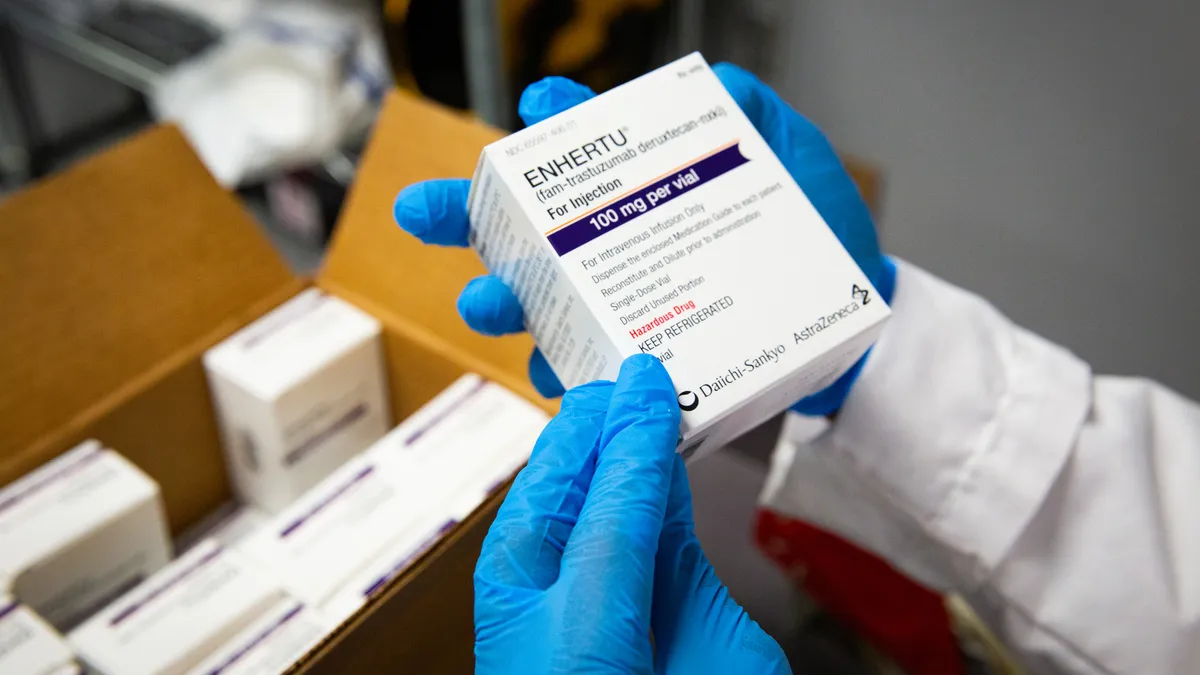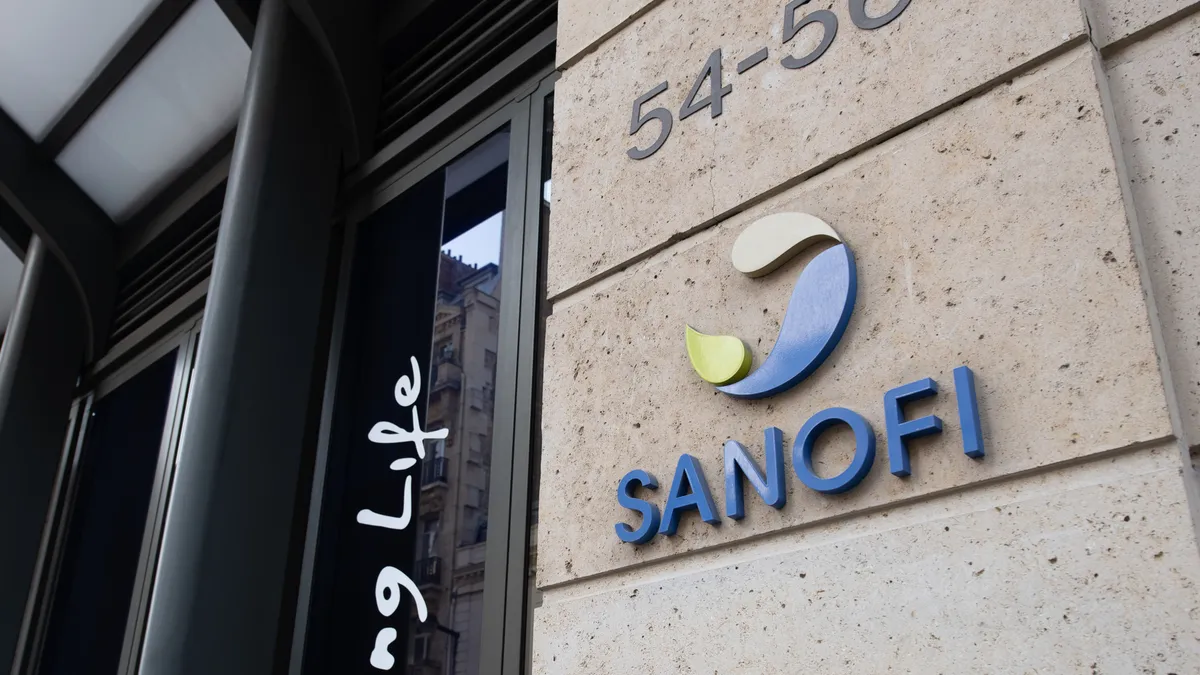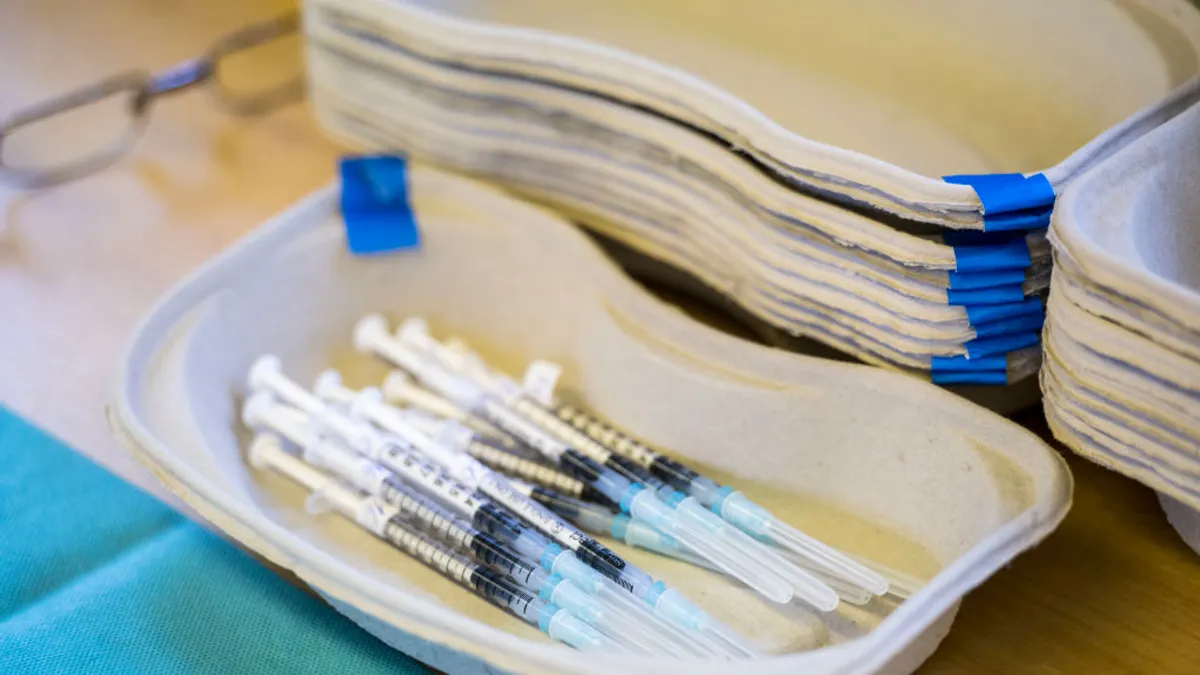There was a time when the neurofibromatosis treatment mirdametinib was destined for Pfizer’s R&D junk pile. Despite promising early data, Pfizer shelved mirdametinib when it became clear that AstraZeneca was pulling ahead with its rival drug, selumetinib, which was approved in 2020 for children.
“Pfizer was, in fact, worried about the market and said, OK, it doesn’t make sense that we have a second drug for a relatively small indication,” said Annette Bakker, CEO of the nonprofit Children’s Tumor Foundation.
But Bakker saw its promise and convinced Pfizer the drug was worth pursuing.
She was right. Pfizer spun out SpringWorks Therapeutics to develop mirdametinib and other drugs in 2017. In February, mirdametinib finally scored FDA approval. Now known under the brand name Gomekli, it’s the first and only medicine approved for both adults and children with neurofibromatosis type 1 with plexiform neurofibromas, marking a milestone for neurofibromatosis patients and for the idea that shelved pharma assets deserve a second look.
The oft-cited rate of drug development failure is about 90%, and although safety and efficacy challenges can sink certain candidates, drugs often get scrapped for commercial or non-scientific reasons. Sometimes, a different company is winning the race to market and so another drops out, like Pfizer did with mirdametinib. Other times, a company gets acquired for a single standout asset, leaving the rest of the pipeline abandoned. And other drugs are lost to what Bakker called the “graveyard of out-licensing” as companies fritter away their asset’s patent life while waiting for the perfect out-licensing opportunity.
“We can ... make sure shelved assets that have value for patients don’t die in the fridge."

Annette Bakker
CEO, Children’s Tumor Foundation.
In every case, potential clinical and commercial value is lost.
That’s what could have happened with mirdametinib had Bakker not stepped in with the Children’s Tumor Foundation, which calls itself the “drug discovery engine” for neurofibromatosis, a group of genetic conditions that cause tumors on nerves throughout the body.
Bakker convinced Pfizer that mirdametinib not only had patient value but potential commercial value.
“Which is now proven to be the case because this drug is predicted to have $800 million annual sales value,” she said. “Is that commercial value big enough for a company like Pfizer? Maybe not. But for a biotech like SpringWorks, definitely yes.”
Bakker believes the story of mirdametinib should signal to the industry that shelved assets can be worth a second look. SpringWorks’ success can also provide a roadmap for rescuing these drugs and bringing them to market.
“I see proof here of not-for-profits having a real role in the R&D ecosystem and not just by supporting their patients,” she said.
Nonprofits could work with companies to identify assets that could benefit their patient populations and facilitate their development elsewhere, like the Children’s Tumor Foundation did with mirdametinib. In fact, Bakker said in addition to mirdametinib, they’ve identified about 35 shelved assets that could benefit neurofibromatosis. That could be the case for other indications, too.
Despite that promise, there are significant barriers to rescuing shelved assets. Pharma and biotech companies are often very secretive about their pipelines, which is why Bakker said transparent, shelved asset reporting systems between companies and nonprofits could facilitate drug development partnerships.
“I can imagine companies don’t want to do that in an open fashion,” she said. “But under secrecy with very specific disease organizations, I think there may be some opportunity to talk openly about which assets are being shelved and which assets may have value for certain diseases.”
Doing so would make the process more efficient, less reliant on “sweat equity” from people like Bakker and facilitate nonprofits getting financial compensation for their role in bringing these drugs to market.
In addition, Bakker believes there needs to be “real, proper incentives for pharma companies to do this.” That could be reputational or financial incentives, such as tax benefits that reward companies for making their shelved assets available.
Bakker said there’s an “appetite” for developing shelved assets, and the way the Children’s Tumor Foundation worked with Pfizer and SpringWorks to get mirdametinib over the regulatory finish line proves the role that nonprofits could have in making that happen more often.
“We can really make this a public-private partnership between companies and nonprofits to make sure these shelved assets that have value for patients don’t die in the fridge,” Bakker said.


















